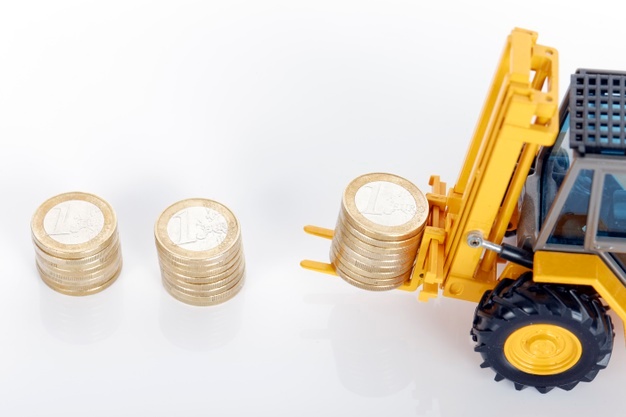The reporter learned from Hefei Customs on the 21st that in the first April of this year, Anhui Province exported 20500 tons of tea, accounting for 16.76% of China's total tea exports, ranking second in the country. It is mainly sold to Morocco, Uzbekistan, Senegal, Algeria, the United States and other countries.
May 21 is the "international tea day". Huangshan City in Anhui Province is the largest export distribution center of Mei tea in China, with tea export volume and export volume accounting for 1 / 6 and 1 / 9 of the country respectively For a long time, Huangshan tea export mainly depends on port shipping. Due to the impact of the epidemic, sea freight soared. In the face of the dilemma of often unable to grab shipping space, how to open up a stable new channel for tea export has become the focus of Huangshan tea people.
At the end of August 2021, Anhui opened its first tea train - Huangshan Hefei Tashkent "tea train", which opened up a new land logistics channel for Huangshan tea export, further promoted the export, transformation and upgrading of the tea industry, and accelerated the integration of the "ten thousand mile tea ceremony" into the countries and regions along the "the Belt and Road". As of the end of March this year, the tea train has operated 10 trains in total, with a cumulative cargo weight of more than 3000 tons. The frequency of operation has changed from one train in one to two months at the initial operation to one train per month.
Hefei Customs said that tea export is an important part of Anhui's foreign trade. On January 1 this year, the regional comprehensive economic partnership agreement (RCEP) came into force, bringing opportunities as well as challenges for Shenzhen Agricultural Products Group Co.Ltd(000061) import and export of Anhui Province.
Hefei customs suggested that after the RCEP agreement came into force, Anhui tea enterprises should "make sure" to go global, closely follow the national strategy, investigate the target market, expand export channels, pay attention to the entry-exit inspection and quarantine laws and regulations of relevant countries, and find partners.
